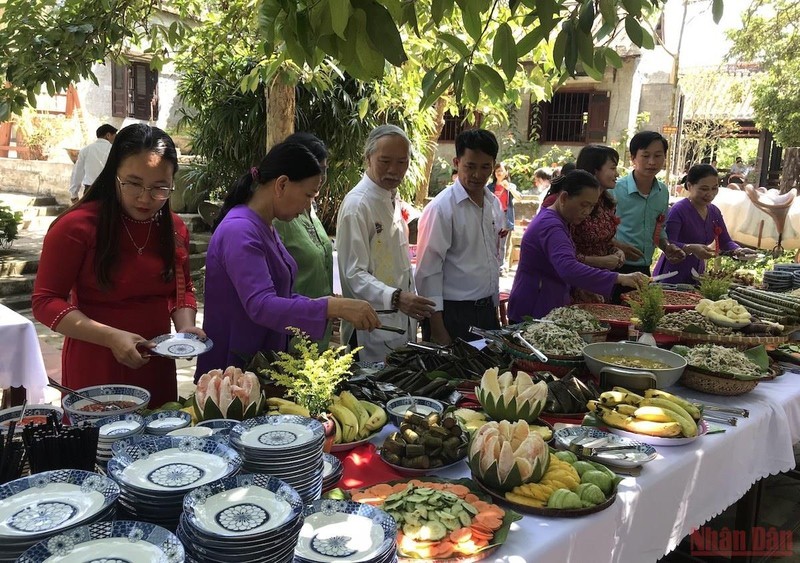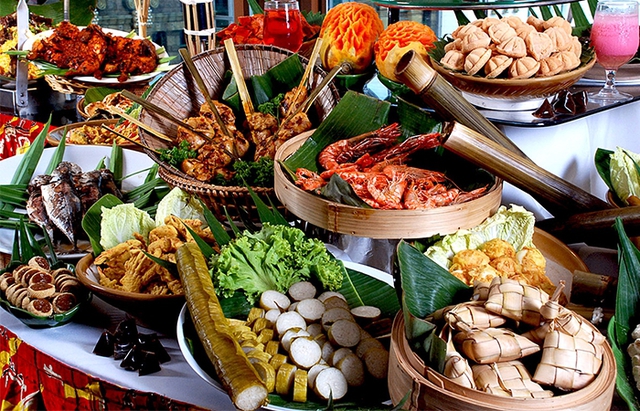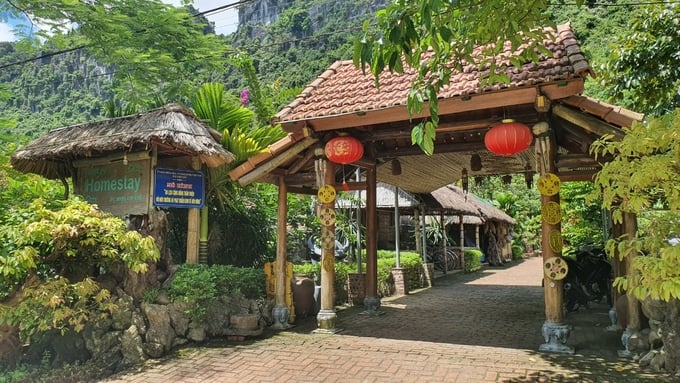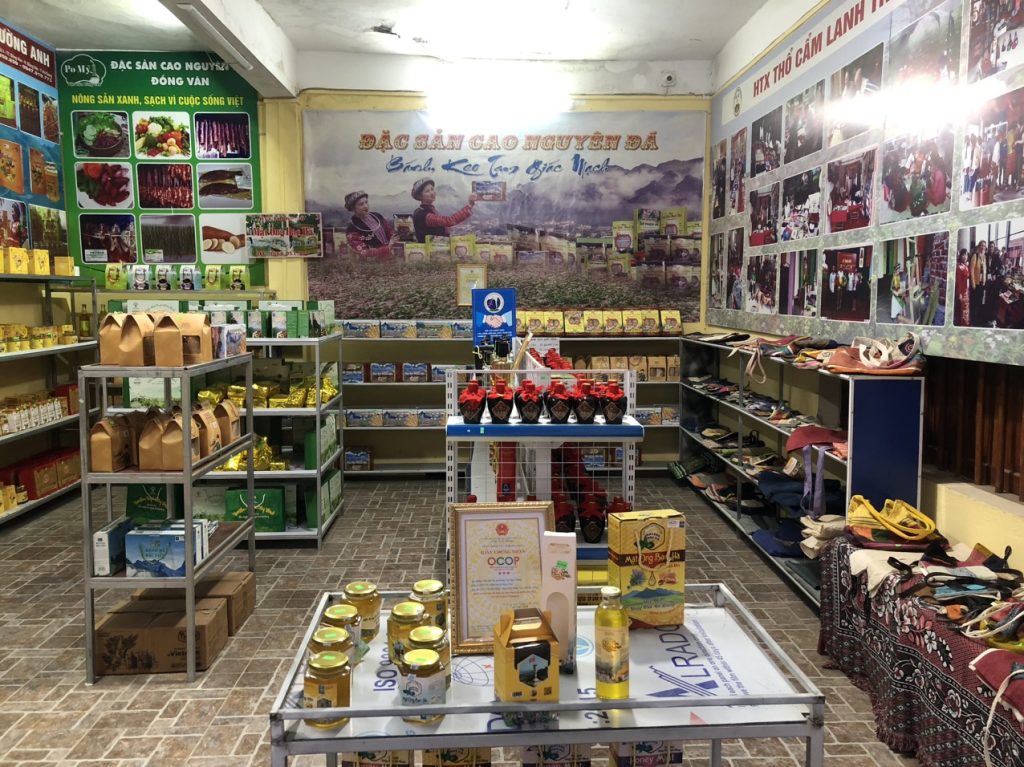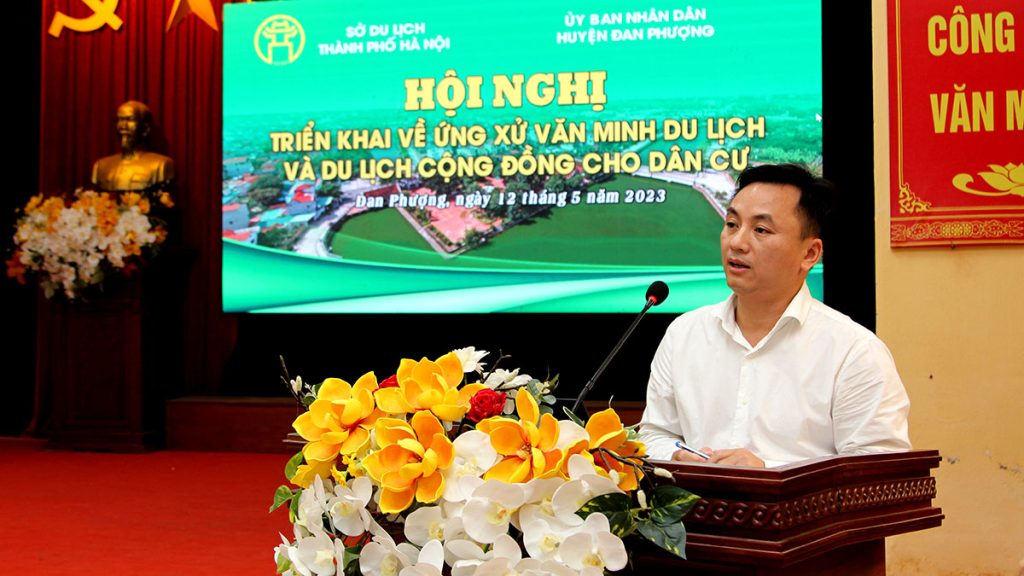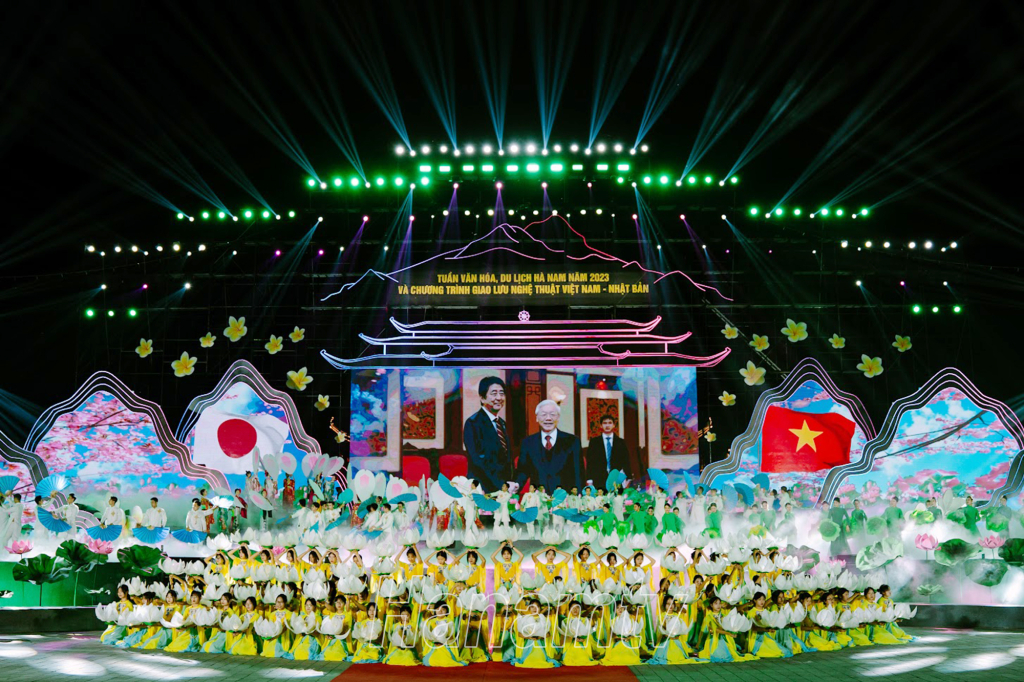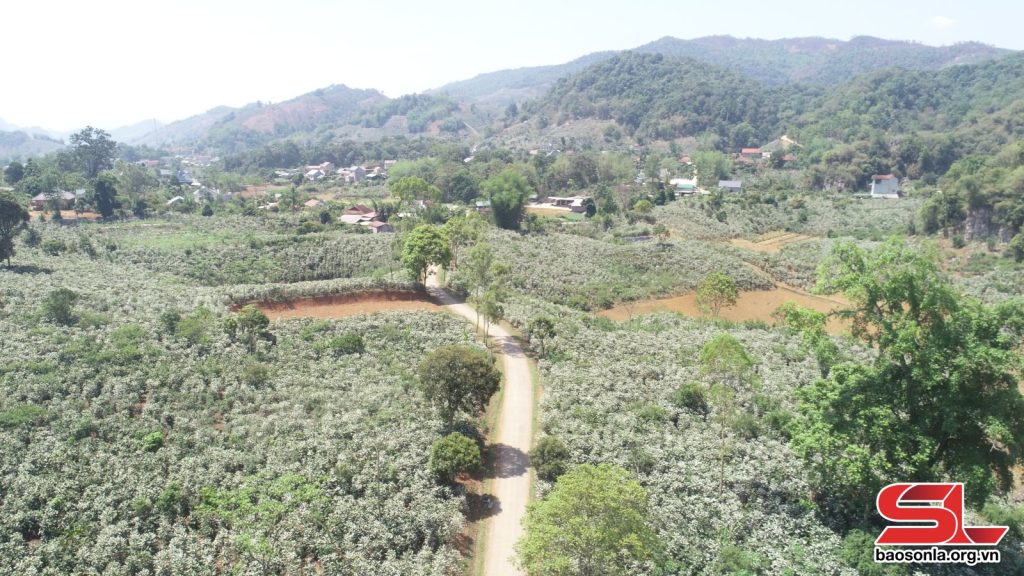Community-based ecotourism has brought about positive changes to the material and spiritual lives of people in Thai Lai village, Hoa Nhon commune, Hoa Vang district, Da Nang city. However, there are still obstacles that need addressing to facilitate the further development of this model.

Visitors invited to taste signature dishes of Da Nang city at Thai Lai Community-based Ecotourism Village
Located on the left bank of the Tu Loan River, Thai Lai village has many time-honoured architectural structures and landscapes imbued with the typical features of the Central region. Given these natural advantages, the Thai Lai Community-based Ecotourism Village was launched on May 29, 2022.
One of the most noticeable investments in tourism in Thai Lai village is the spacious concrete roads with trees growing on both sides. This was part of the 625,000 USD of funding sourced from the Saemaul Globalisation Fund (SGF) from the Republic of Korea for the project on building the Thai Lai New Rural Village.
According to the Thai Lai – Samuaul Cooperative, Thai Lai village has 30 hectares of agricultural land with about 207 households producing and trading agricultural products. Thai Lai is oriented towards building eco-agriculture, considering agricultural tourism a spearhead economy, which will benefit villagers while helping shift the economic structure in rural areas towards sustainable development.
The SGF launched additional initiatives to further develop rural tourism in late 2021, such as the hydroponic vegetable farming model combined with tourism development, being implemented across an area of 2,5000sq.m.
Do Huu Anh, Thai Lai-Saemaul cooperative’s Director, hailed the model that integrates eco-agriculture and community-based tourism to benefit both cooperative members and villagers. He believes that the SGF model will ensure food security, protect the environment, local ecosystem, and the countryside landscape.
However, the model has not been implemented due to obstacles on land planning.
Ho Van Hiep, the Head of Thai Lai village, stated that since the opening of the Thai Lai community-based ecotourism village, villagers have been very enthusiastic. However, obstacles and legal issues hindering some investment and tourism development projects have made the villagers hesitant to participate.
In addition to the above difficulties, the Thai Lai Community-based Ecotourism Village has yet to cater for river cruise passengers, even though it is located on the bank of the Tuy Loan River.
Although the Thai Lai wharf was completed and put into use in 2022, the inland waterway connecting the Han River – Cam Le-Tuy Loan-Thai Lai has not yet been put into operation due to the salinity prevention dam on the Cau Do River.

Locals greet visitors to Thai Lai Community-based Ecotourism Village (Photo: langngheviet.com.vn)
Do Huu Minh, a pioneer in tourism in Thai Lai village, expressed his hope that once the Hoa Lien water plant is operational and the prevention dam is open or an alternative plan is implemented, tourist boats will be able to dock at the wharf. This would give a boost to tourism in Thai Lai.
Since 2019, community-based tourism in Hoa Vang district has developed rapidly. Tourism development policies, especially Resolution 82/NQ-HDND regarding the pilot project on combining tourist services with the development of agriculture, forestry, and aquaculture, have brought many changes to the area’s appearance and people’s lives, opening up many opportunities for farmers to do tourism and increase the value of their agricultural products.
However, the implementation of many models still faces many difficulties. Thus, it is crucial for local authorities and tourism businesses to work closely together to overcome these challenges.
Vice Chairman of Hoa Nhon commune People’s Committee Ngo Van Dat acknowledged that common difficulties facing locals in doing tourism are how to connect with customers, promote tourism products and design tours.
“We will work with the education department so that students at local schools can come to explore Thai Lai village.”
Meanwhile, head of the Culture-Information Office of Hoa Vang District, Do Thanh Tan attributed the obstacles facing tourism in Thai Lai village to the apathetic participation of the local community, leading to a lack of attractive tourist products.
The enthusiastic participation of Thai Lai villagers will help diversify tourist products, thus attracting more visitors to the village. Do Thanh Tan, Head of the Culture-Information Office of Hoa Vang District
Given the situation, the Office has organised field trips to other successful community-based tourism models in neighbouring areas.
The enthusiastic participation of Thai Lai villagers will help diversify tourist products, thus attracting more visitors to the village, he asserted.
He added that the office has also worked with the Tourism Department and Tourism Association of Da Nang city to connect Thai Lai with other tourist destinations in Hoa Vang district, and developed pilot tours to Thai Lai village, which target schoolchildren by providing them with assorted experiential activities.
Sharing about the future orientations for developing community-based tourism, Vice Chairman of Hoa Nhon commune People’s Committee Ngo Van Dat revealed the establishment of an organisation to connect households with different service providers, to encourage the participation of the community in tourism development, as well as meet the needs of visitors.
This organisation will also play a role in ensuring equality, preventing unfair competition among tourist businesses, and the overexploitation of the environment.
NDO
https://en.nhandan.vn/

